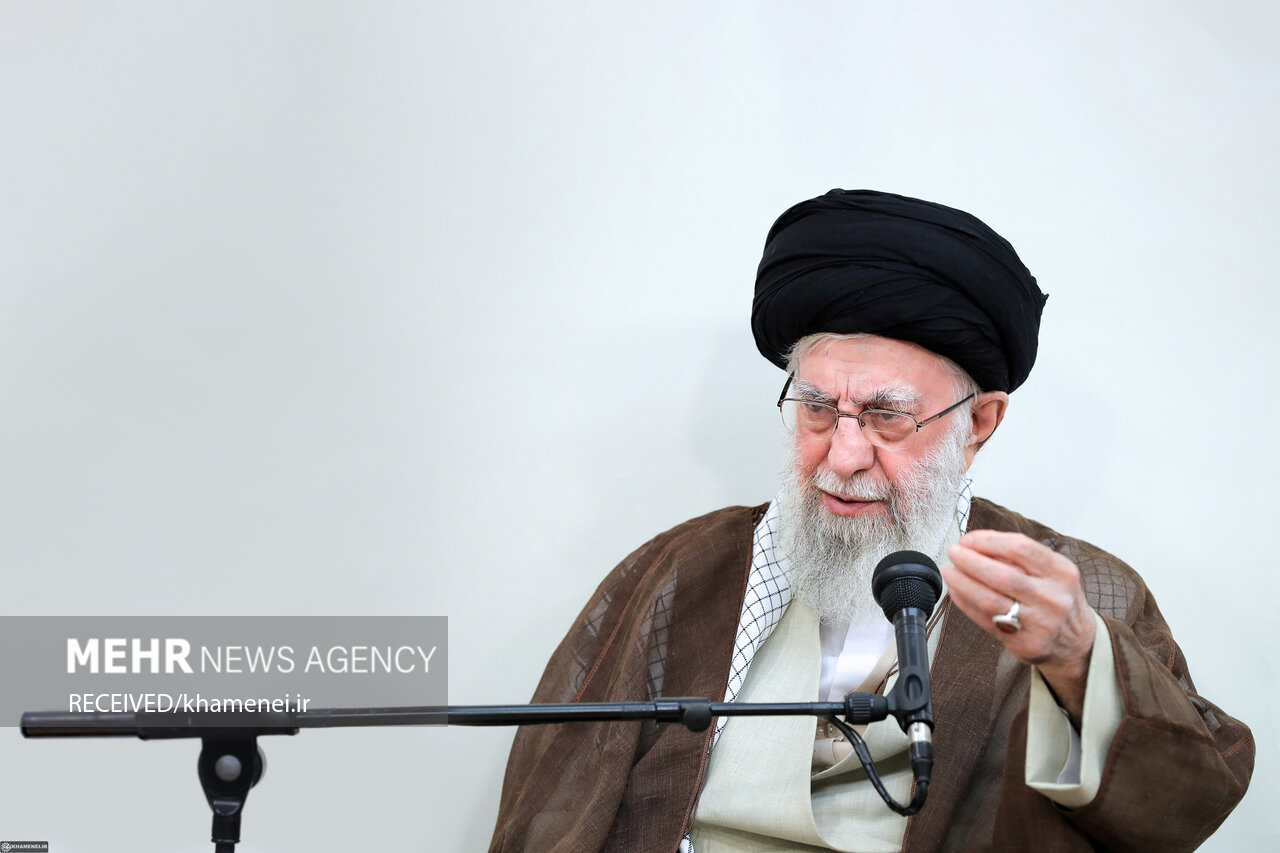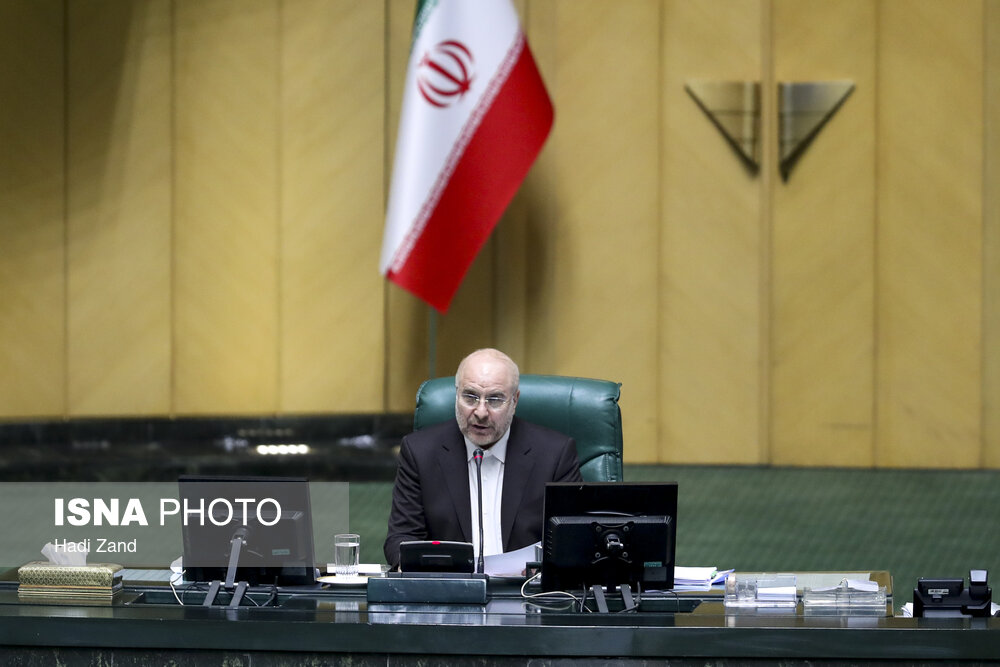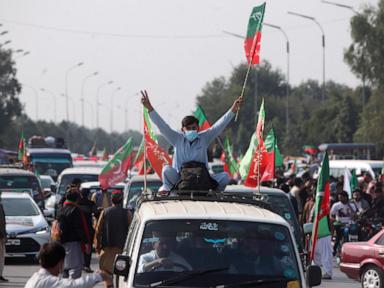ARTICLE AD BOX
VLADIMIR Putin is plotting to blitz nuclear power plants in Ukraine and spark a Chernobyl-style disaster, Volodymyr Zelensky has warned.
The calculating Russian despot has been using satellites to compile images and detailed information on the infrastructure, according to Ukrainian intelligence.
 Reuters
Reuters Ian Whittaker
Ian Whittaker Getty
Getty
President Zelensky told the UN General Assembly: “Recently I received yet another alarming report from our intelligence.
“Now Putin does seem to be planning attacks on our nuclear power plants and the infrastructure, aiming to disconnect the plants from the power grid.”
The war-time leader warned of the catastrophic consequences such attacks could trigger.
Zelensky previously cautioned a nuclear disaster at the Zaporizhzhia power plant – Europe‘s largest – could be as big as “six Chernobyls”.
The Chernobyl meltdown in 1986 – sparked by one of the plant’s reactors exploding – left almost 100,000 miles of land uninhabitable.
Those exposed to radiation suffered health problems – including cancer, tumours, and depression – for years after.
Zelensky added: “Any critical incident in the energy system could lead to a nuclear disaster, a day like that must never come.
“Moscow needs to understand this, and this depends in part on your determination to put pressure on the aggressor.
“These are nuclear power plants. They must be safe.”
Ukraine has four active nuclear power plants. Zaporizhzhia was seized by Russia in a firefight in March 2022.
The world’s eyes have hovered over the facility since – with international nuke experts regularly warning about the danger posed by the plant.
It comes as Putin was today due to hold “top secret” Kremlin nuke talks – stoking fears the deranged despot is mapping out an attack.
The dictator is chairing a meeting of Russia’s Security Council on nuclear deterrence.
Kremlin spokesman Dmitry Peskov said the meeting of the Security Council – a type of modern-day politburo of Putin’s most powerful officials including influential hawks – was an “important” event.
Peskov said: “There will be a speech by the president.
“The rest, for obvious reasons, will be marked ‘top secret’.”
 Reuters
Reuters Getty
Getty AP
APRussia has been waging an aerial bombardment campaign on Ukraine’s power grid since autumn 2022 after invading the country earlier that year.
It has damaged or destroyed most of Ukraine’s thermal power generating capacity and has sometimes hit dams, but has not yet struck any Ukrainian-controlled nuclear facilities.
Putin’s illegal war in Ukraine has been raging for two and a half years – triggering the gravest confrontation between Russia and the West since the 1962 Cuban Missile Crisis.
That was considered to be the time when the two Cold War superpowers came closest to intentional nuclear war.
Putin, the primary decision maker on Russia’s vast nuclear arsenal, is considering how to respond if the US and its European allies allow Ukraine to use Western-supplied missiles to strike deep into Russia.
Putin said earlier this month that the West would be directly fighting with Russia if it gave such permission to Ukraine – and that Russia would be forced to make “appropriate decisions”.
Zelensky has been urging Kyiv’s allies to let Ukraine fire Western missiles including long-range US ATACMS and British Storm Shadows deep into Russian territory to limit Moscow’s ability to launch attacks.
What happened at Chernobyl?

THE nuclear catastrophe in Chernobyl claimed 31 lives as well as leaving thousands of people and animals exposed to potentially fatal radiation.
When an alarm bellowed out at the nuclear plant on April 26, 1986, workers looked on in horror as the control panels signaled a major meltdown in the number four reactor.
The safety switches had been switched off in the early hours to test the turbine but the reactor overheated and generated a blast – the equivalent of 500 nuclear bombs.
The reactor’s roof was blown off and a plume of radioactive material was blasted into the atmosphere.
As air was sucked into the shattered reactor, it ignited flammable carbon monoxide gas causing a fire which burned for nine days.
The catastrophe released at least 100 times more radiation than the atom bombs dropped on Nagasaki and Hiroshima.
Soviet authorities waited 24 hours before evacuating the nearby town of Pripyat – giving the 50,000 residents just three hours to leave their homes.
After the accident traces of radioactive deposits were found in Belarus where poisonous rain damaged plants and caused animal mutations.
But the devastating impact was also felt in Scandinavia, Switzerland, Greece, Italy, France and the UK.
An 18-mile radius known as the “Exclusion Zone” was set up around the reactor following the disaster.
.png)
 1 month ago
6
1 month ago
6








 English (US)
English (US)